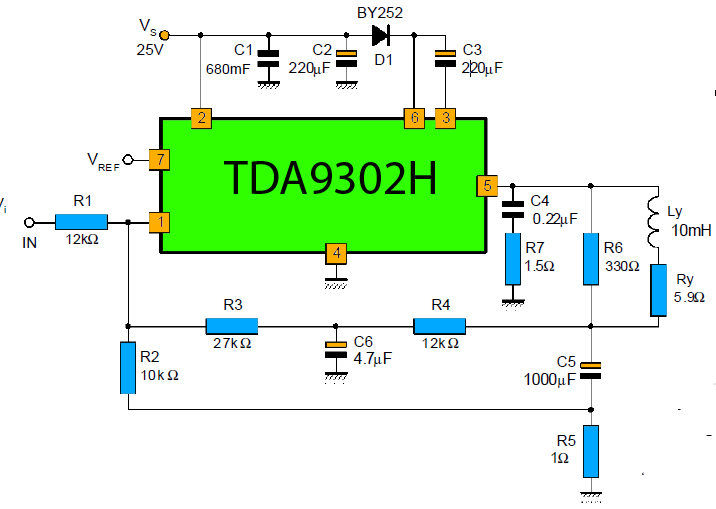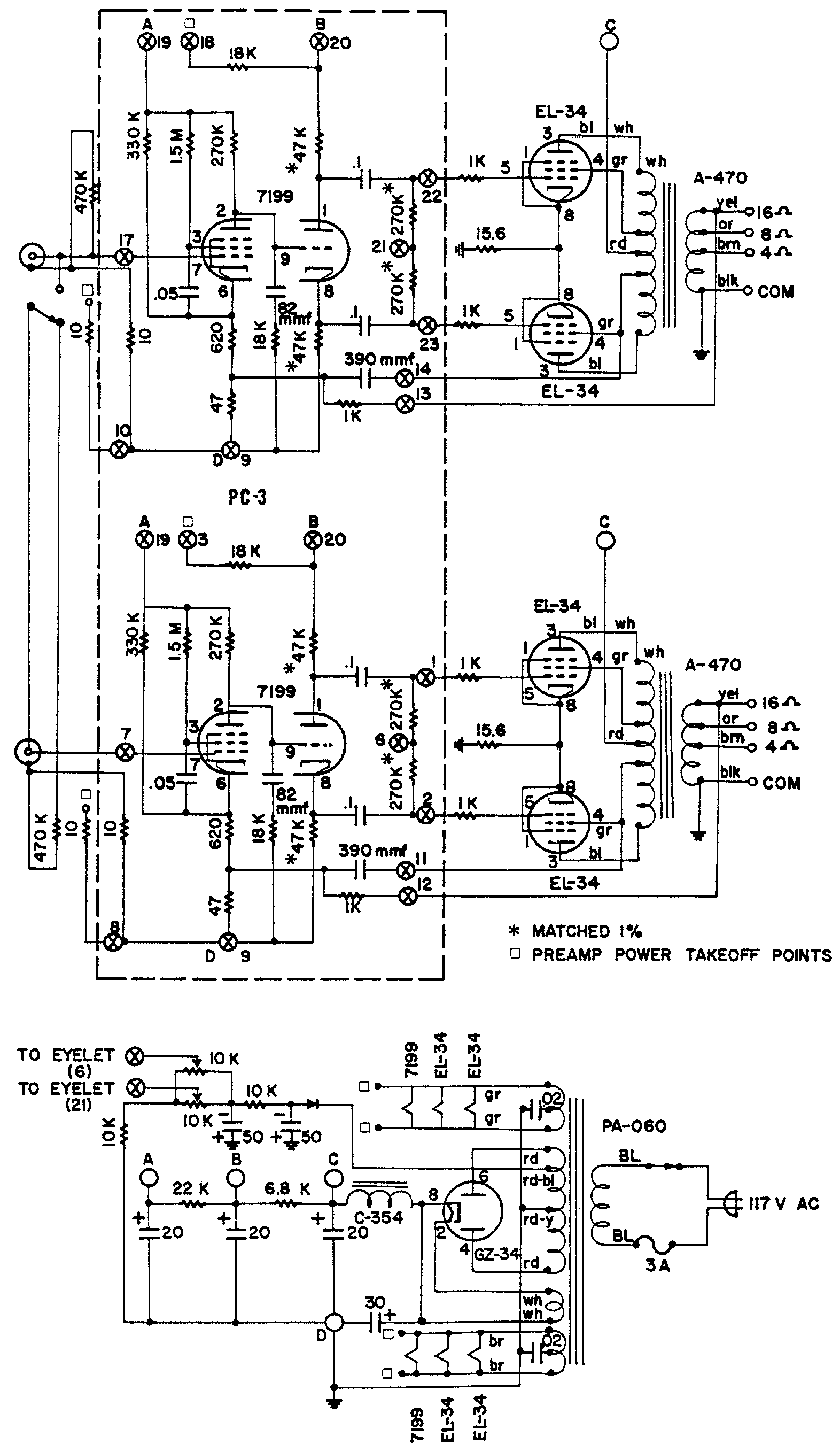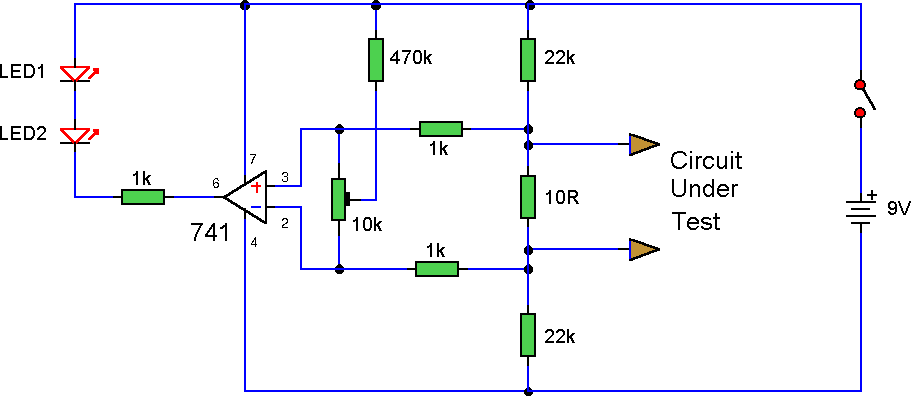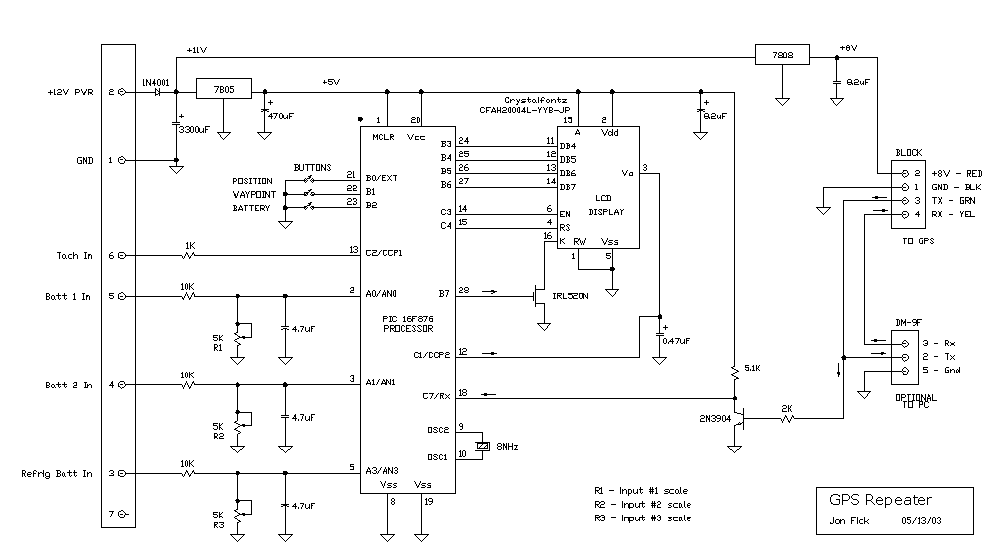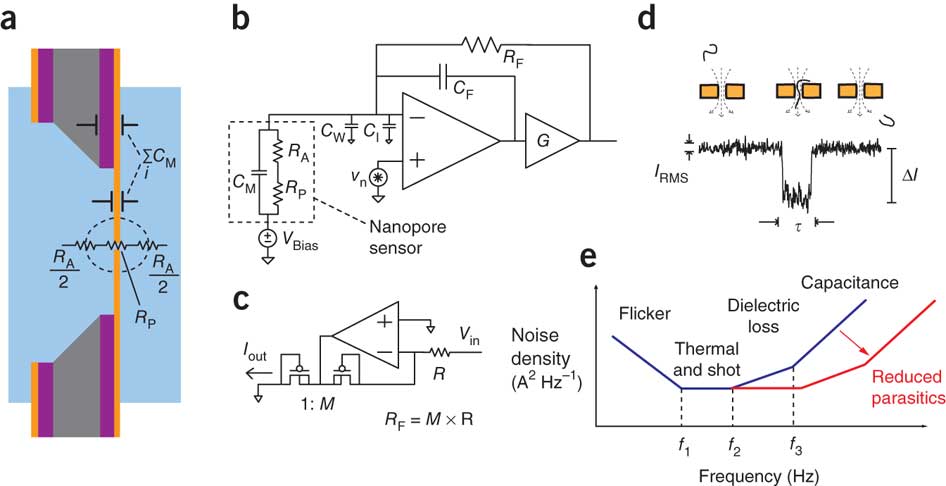
20 electrical documentation schematics
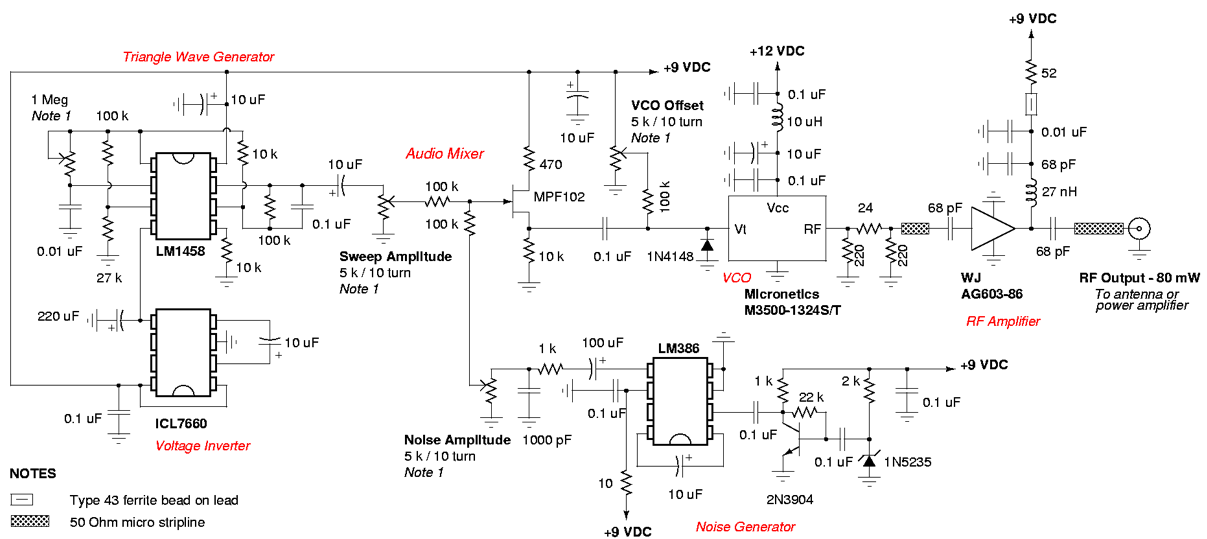
Note that the due dates for lectures 20-25 will be rescheduled to Wednesday at 1:00 PM. Download the notes for Topic 1: Basic Components (Listen to Dr. Stienecker) and Topic 2: Power and Connections (Listen to Dr. Stieneker). Students should now be prepared to answer the following questions based on the provided schematic.
The electronic schematic referenced in the above description likely involves fundamental components and power connections, which are critical in understanding circuit design and functionality. The schematic may include basic electronic elements such as resistors, capacitors, diodes, and transistors, each playing a specific role in circuit operation. Resistors are used to limit current flow, capacitors store and release electrical energy, diodes allow current to flow in one direction while blocking it in the opposite direction, and transistors serve as switches or amplifiers.
In the context of power and connections, the schematic may illustrate how these components are interconnected to form a complete circuit. Power sources, such as batteries or power supplies, are typically represented, showing how voltage is supplied to the circuit. Connections between components are often depicted with lines indicating the flow of electricity, and nodes where components meet are critical for understanding how signals propagate through the circuit.
Students are expected to analyze the schematic, identify components, and understand their functions within the circuit. This exercise will enhance their ability to interpret and design electronic circuits, laying the groundwork for more advanced topics in electronics and engineering.NOTE - THE DUE DATES FOR LECTURES 20-25 WILL BE MOVED TO WEDNESDAY AT 1:00PM Download the Notes TOPIC 1: Basic components (Listen to Dr. Stienecker) TOPIC 2: Power and Connections (Listen to Dr. Stieneker) You should now be prepared to answer the following questions based on the pictured schematic. Click here to find the.
🔗 External reference
The electronic schematic referenced in the above description likely involves fundamental components and power connections, which are critical in understanding circuit design and functionality. The schematic may include basic electronic elements such as resistors, capacitors, diodes, and transistors, each playing a specific role in circuit operation. Resistors are used to limit current flow, capacitors store and release electrical energy, diodes allow current to flow in one direction while blocking it in the opposite direction, and transistors serve as switches or amplifiers.
In the context of power and connections, the schematic may illustrate how these components are interconnected to form a complete circuit. Power sources, such as batteries or power supplies, are typically represented, showing how voltage is supplied to the circuit. Connections between components are often depicted with lines indicating the flow of electricity, and nodes where components meet are critical for understanding how signals propagate through the circuit.
Students are expected to analyze the schematic, identify components, and understand their functions within the circuit. This exercise will enhance their ability to interpret and design electronic circuits, laying the groundwork for more advanced topics in electronics and engineering.NOTE - THE DUE DATES FOR LECTURES 20-25 WILL BE MOVED TO WEDNESDAY AT 1:00PM Download the Notes TOPIC 1: Basic components (Listen to Dr. Stienecker) TOPIC 2: Power and Connections (Listen to Dr. Stieneker) You should now be prepared to answer the following questions based on the pictured schematic. Click here to find the.
🔗 External reference
